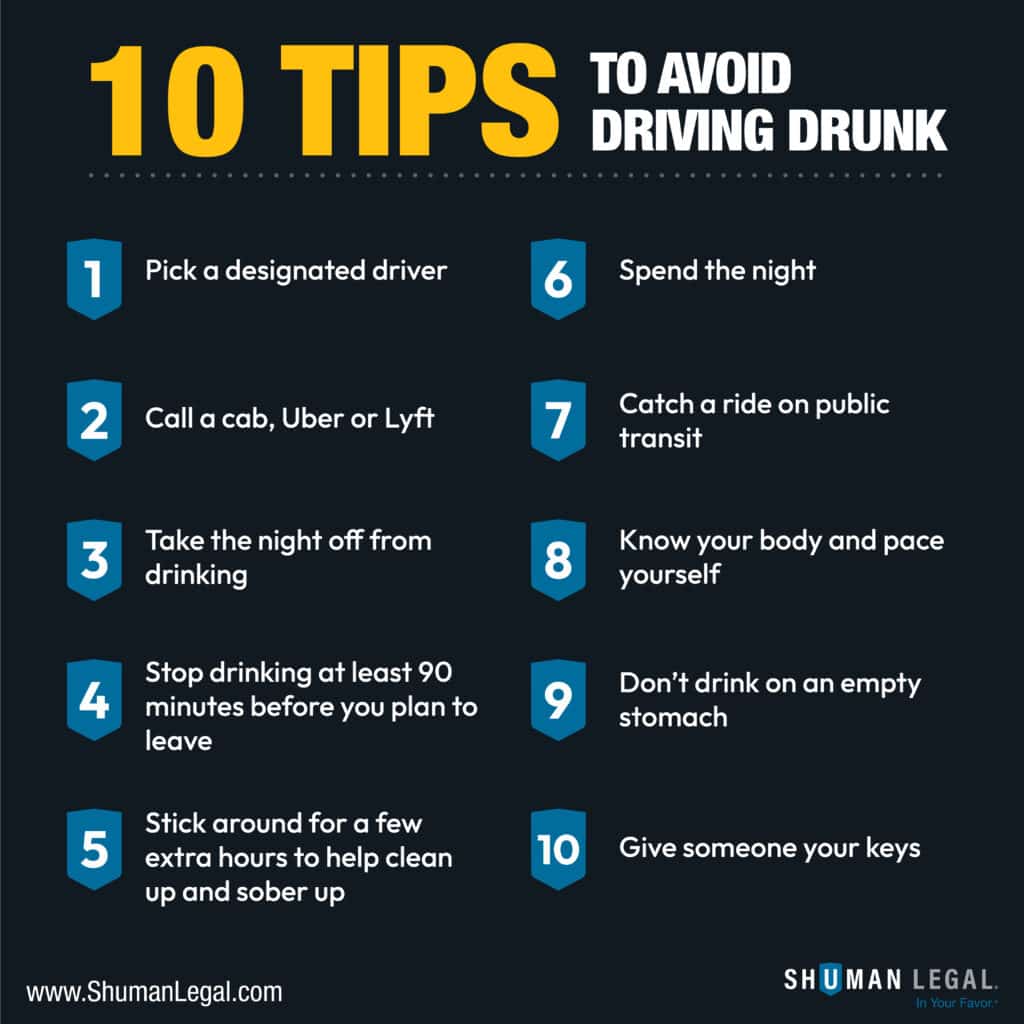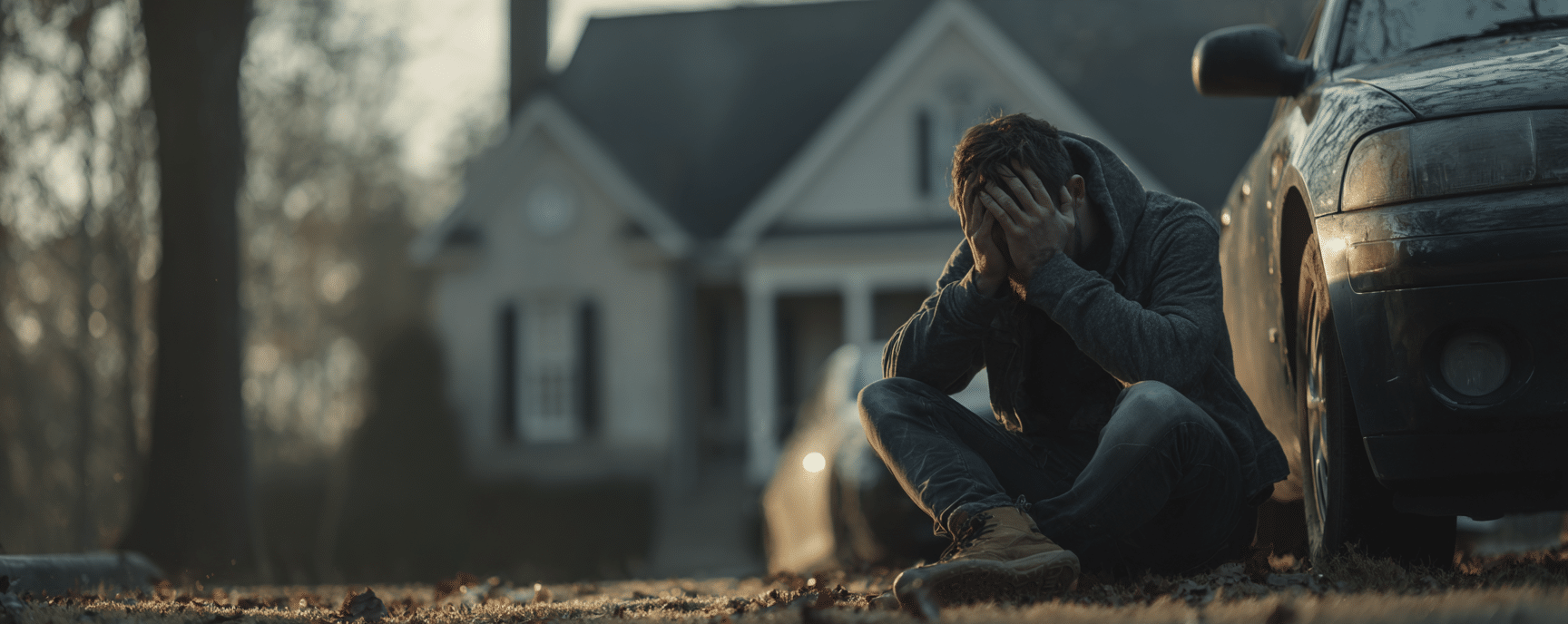Key Takeaways
- Drunk driving accounts for approximately 30% of all traffic fatalities in the U.S., with over 13,000 deaths in 2022, emphasizing the urgent need for interventions.
- Young drivers aged 15 to 24 and motorcycle riders are particularly vulnerable, highlighting the necessity for targeted prevention strategies.
- Legal consequences for drunk drivers include criminal penalties and civil liabilities, with potential compensation available for victims through lawsuits.
The Prevalence of Drunk Driving Accidents
Drunk driving accidents are a significant contributor to road fatalities in the United States, with many victims losing their lives each year. In cities like Chicago, the risks are even higher due to traffic congestion and variable road conditions. Effective interventions, such as promoting rideshare services, can help reduce the number of drunk driving incidents in these urban areas.
Alarming drunk driving statistics reveal the frequency and severity of these incidents, underscoring the gravity of the situation and highlighting drunk driving as a leading cause of the problem. These numbers provide a foundation for addressing the problem and implementing solutions.
Annual Drunk Driving Statistics
Every day in the United States, an average of 34 individuals lose their lives in drunk driving accidents. In 2022 alone, over 13,000 people were killed in such incidents, with Texas recording the highest number of fatalities. These numbers paint a grim picture of the ongoing battle against drunk driving.
Key facts about drunk driving fatalities in the U.S.:
- Approximately 30% of all traffic fatalities involve drunk drivers.
A drunk driving fatality occurs every 39 minutes.
- In 2023, the number of fatalities from drunk driving crashes totaled 12,429.
- Nighttime drunk driving fatalities were over three times higher than daytime fatalities in 2022.
Over the past decade, from 2014 to 2023, the average annual death from drunk driving crashes hovered around 11,000. These statistics highlight the relentless nature of this issue and the urgent need for effective interventions to save lives, particularly to reduce drunk driving deaths.
Demographic Breakdown of Drunk Driving Crashes
In 2023, 30% of young drivers aged 15 to 20 who died in crashes had a Blood Alcohol Concentration (BAC) of .01 g/dL or higher. The age group with the highest percentage of drunk drivers was those aged 21 to 24. Young males, in particular, are at a greater risk of crashing at higher blood alcohol content levels.
Motorcycle riders are also significantly affected, with 26% of those involved in fatal crashes found to be drunk in 2023. The age groups with the highest percentage of drunk motorcycle riders killed were 35 to 39 and 45 to 49.
These demographic insights underscore the importance of targeted interventions for different age groups and vehicle types.
Your search for help ends here. Let’s get started, for FREE.
Consequences of Drunk Driving Accidents
The consequences of drunk driving accidents are far-reaching and devastating. Each day, approximately 34 individuals die due to drunk driving incidents in the U.S. Victims face not only significant medical bills and loss of income but also psychological trauma and emotional devastation. Families of victims also experience lasting pain and suffering.
Drunk drivers are responsible for injuries, car damage, lost wages, and the pain inflicted on victims. Enhanced penalties can apply in cases involving high blood alcohol levels or serious accidents, often resulting in longer jail sentences. These consequences highlight the full scope of the issue.
Physical and Emotional Impact
The physical impact of a drunk driving accident can be severe, leading to chronic pain, reduced mobility, and an inability to return to work. In 2023, motorcycle riders accounted for 26% of drunk driving fatalities, the highest percentage among motor vehicle types. Victims often experience long-term physical effects that may require ongoing medical assistance or surgery, especially in cases involving motor vehicle crashes.
Emotionally, victims and their families face immense stress and trauma. The broader impact is also significant, with 28% of drunk driving fatalities being innocent bystanders and road users. Someone is killed in a drunk-driving crash in the United States every 42 minutes, highlighting the relentless nature of this problem.
Financial Burden
The financial burden of drunk driving accidents is staggering. The estimated total cost, accounting for quality-of-life losses, is approximately $296 billion. In 2019, the societal costs associated with these accidents were estimated at $68.9 billion annually, highlighting the financial impact of such incidents.
Victims may incur extensive medical bills, lost income, and property damage. Medical expenses can include emergency treatment, ongoing care, and rehabilitation. Drunk driving accident attorneys play a crucial role in helping victims seek compensation for their losses, covering medical expenses, lost wages, and other damages.
Legal Repercussions for Drunk Drivers
Drunk drivers face severe legal repercussions, including both criminal penalties and civil liabilities. Driving under the influence (DUI) is defined as operating a vehicle with a Blood Alcohol Concentration (BAC) of 0.08 or more or being impaired by drugs or alcohol. The legal limit for driving in most states is .08 g/dL, which is crucial for preventing accidents caused by alcohol impaired drivers, drug-impaired drivers, and impaired driving. A driver’s BAC is a critical factor in determining these legal limits.
Understanding the legal ramifications is crucial for both potential offenders and victims seeking justice. The following sections delve into the specific criminal and civil consequences drunk drivers may face.
Criminal Penalties
Driving under the influence (DUI) can result in serious criminal penalties, including fines, possible jail time, and license suspension. The penalties for DUI differ by state, providing some leniency for first-time offenders, often categorized as misdemeanors. DUI arrests may lead to first offenders facing up to six months in jail, but mandatory minimum sentences vary by jurisdiction.
In Illinois, a first-time DUI offender may face a Class A misdemeanor charge, fines, and loss of driving privileges.
Civil Liability
Victims of drunk driving incidents can file civil suits to recover costs associated with medical treatment and lost income. Civil lawsuits against drunk drivers can result in compensation for various damages, including emotional distress and property damage. Gathering evidence, such as photos and witness accounts, can support your case following a drunk driving accident.
In Illinois, drunk drivers can face civil lawsuits for injuries or property damage caused by their actions.
Steps to Take After a Drunk Driving Accident
Taking immediate steps after a drunk driving accident is crucial to safeguarding your rights and securing fair compensation. The negligent driver must be held responsible. Accountability is necessary in this situation.
The following sections provide a roadmap for the necessary actions to take, including seeking medical attention, filing police reports, and contacting a lawyer.
Seeking Medical Attention
Prompt medical help is critical, as some injuries may not show immediate symptoms. Proper documentation of all injuries is necessary to file insurance claims and potential legal actions. Additionally, understanding the nature of the injury is crucial for effective treatment.
Severe injuries may require ongoing care, emphasizing comprehensive medical attention.
Filing Police Reports
You should call the police immediately after a drunk driving accident. The police report helps with insurance claims by providing an official report of the incident. A police report is vital as it documents the incident and aids in both legal and insurance processes.
Comprehensive documentation, including police reports, witness statements, medical records, crash photos, and proof of life changes, is crucial to winning a drunk driving case and can also be relevant in other drunk driving cases.
Contacting a Skilled Lawyer
Consulting Shuman Legal can provide guidance on your legal options and help navigate complex cases. A free consultation can enhance legal representation, helping victims effectively challenge low insurance offers to seek maximum compensation.
Seek legal advice before accepting any direct payment from a drunk driver.
Injured in a Drunk Driving Accident?
Holding Other Parties Accountable
In addition to the drunk driver, other parties and other substances can be held liable in a drunk driving case, including a person. Liable parties may include bars, clubs, restaurants, and social hosts who provide alcohol.
Bars and restaurants may be responsible if they overserve alcohol to intoxicated patrons.
Dram Shop Claims
A Dram Shop claim is a legal claim against establishments that overserve alcohol to intoxicated individuals. Bars and restaurants can be legally responsible for overserving intoxicated patrons. They can be blamed for a drunk driving accident if they continue to serve alcohol to someone who is already clearly drunk.
The Illinois Liquor Control Act allows compensation from businesses that serve alcohol to impaired drivers.
Social Host Liability
Social hosts can be found legally responsible if they provide alcohol to guests who are underage or visibly intoxicated. Hosts can be held liable if they knowingly serve alcohol to a visibly intoxicated guest who later causes a drunk driving accident.
Social host liability means individuals providing alcohol to guests can face legal responsibility when those guests cause drunk driving accidents.
Preventative Measures and Responsible Behavior
Preventative measures are essential to reduce drunk driving incidents. Social hosts may face legal consequences if they serve alcohol to guests who are already intoxicated. Establishments negligent in serving alcohol may face legal action if they contribute to a drunk driving incident.
Pre-planning a safe ride home can prevent drunk driving incidents. Rideshare apps offer a safe and convenient alternative to driving after drinking, significantly reducing the likelihood of incidents.
Alternatives to Drinking and Driving
Using rideshare services significantly reduces the likelihood of drunk driving. Safe Rides programs provide free or low-cost transportation options for individuals who are too impaired to drive, thereby enhancing community safety.
Community initiatives focusing on public transportation options are effective in decreasing drunk driving rates. Finding alternatives to drinking and driving is essential for improving road safety and preventing accidents.
Community Programs and Awareness Campaigns
Public awareness campaigns play a vital role in educating communities about the dangers of drunk driving. Designated drivers play a crucial role in preventing drunk driving by ensuring safe transportation. Designated drivers volunteer to abstain from alcohol, ensuring safe transportation for friends and family after social events.
Participation in designated driver programs significantly enhances community safety.
Frequently Asked Questions
What is the legal BAC limit for driving in most states?
The legal Blood Alcohol Concentration (BAC) limit for driving in most states is .08 g/dL, so it’s crucial to stay within this limit to ensure safety and compliance with the law.
How often does a drunk driving fatality occur in the United States?
A drunk driving fatality occurs every 39 minutes in the United States, highlighting the urgent need for awareness and preventive measures.
What should I do immediately after a drunk driving accident?
Immediately after a drunk driving accident, seek medical attention, file a police report, and contact a skilled lawyer to ensure your rights are protected and you receive fair compensation.
Can bars and restaurants be held liable for drunk driving accidents?
Yes, bars and restaurants can be held liable for drunk driving accidents if they overserve alcohol to intoxicated patrons, as this can lead to Dram Shop claims.
What are some effective alternatives to drinking and driving?
Consider using rideshare services, joining Safe Rides programs, or taking advantage of community transportation initiatives as effective alternatives to drinking and driving. These options can help ensure your safety and that of others on the road.
Related Article


 A drunk driving fatality occurs every 39 minutes.
A drunk driving fatality occurs every 39 minutes.










